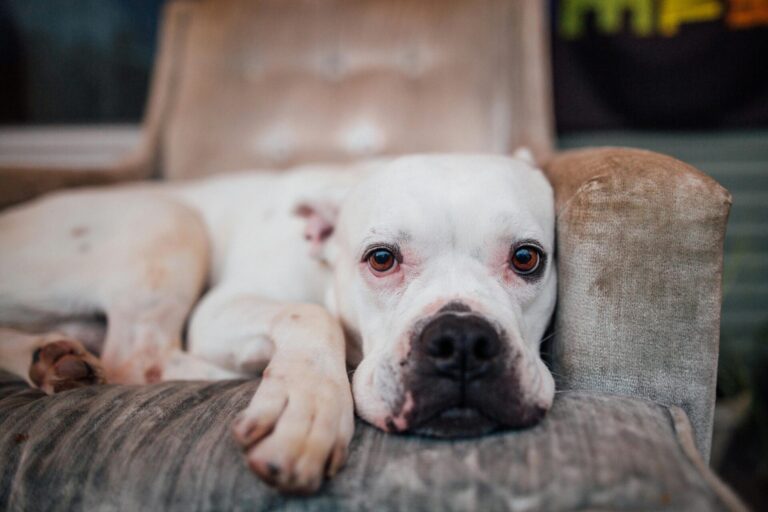
Tips to Help a Dog with Separation Anxiety
Separation anxiety in dogs is a common and distressing issue that affects many pet owners. It’s characterized by extreme distress in dogs when they are left alone, which can lead to destructive behaviors, excessive barking, and even physical symptoms like panting and drooling. Helping a dog with separation anxiety requires patience, understanding, and a strategic approach. Here are some effective tips to help your furry friend feel more comfortable when you’re away.
Understanding Separation Anxiety
- Destructive chewing or digging
- Excessive barking or howling
- Urinating or defecating indoors
- Pacing or restless behavior
- Trying to escape from the house or crate
- Excessive drooling or panting
Tips to Help Your Dog Overcome Separation Anxiety
Gradual Desensitization
- Start Small: Leave your dog alone for just a few minutes at a time and gradually increase the duration.
- Stay Calm: Avoid making a big deal out of leaving or returning home. Stay calm and composed to help reduce your dog’s anxiety.
- Short Departures: Practice leaving the house for short intervals throughout the day to help your dog get used to your absence.
Create a Safe Space
- Comfort Items: Place items with your scent, like a worn t-shirt, in their space to provide comfort.
- Toys and Chews: Provide interactive toys like a DIY treat puzzle to keep your dog occupied and mentally stimulated.
Exercise and Mental Stimulation
- Morning Walks: Take your dog for a long walk or engage in playtime before leaving for the day.
- Puzzle Toys: Use puzzle toys and treat-dispensing toys to keep your dog engaged while you’re away.
Training and Positive Reinforcement
- Basic Commands: Teach your dog basic commands like “sit,” “stay,” and “down” to build their confidence.
- Reward Calmness: Reward your dog with treats and praise when they remain calm during short absences.
Use Calming Aids
- Calming Pheromones or Lavender Spray: These products use calming pheromones or essential oils that can help soothe anxious dogs.
- Thunder Shirt or Anxiety Wraps: Thunder Shirts, anxiety wraps, or vests apply gentle pressure to your dog’s body, which can have a calming effect.
- Natural Supplements: Consider natural supplements or consult your vet about medication if your dog’s anxiety is severe.
Seek Professional Help
- Veterinarian: Rule out any underlying medical issues and discuss possible medications for severe anxiety.
- Professional Trainer: A certified dog trainer can work with you to develop a behavior modification plan.
- Behaviorist: An animal behaviorist can provide in-depth analysis and specialized strategies for managing anxiety.
Don't Forget to Join Pawesome Pets Country Club
At Pawesome Pets Country Club, we’re here to support you and your pet every step of the way. If you have any questions or need additional help, don’t hesitate to reach out to our team of experts. We are so happy to help contribute to your dog’s overall well-being at Pawesome Pets and beyond.
If you’re looking for enrichment-based dog daycare, dog boarding, and small pet boarding, book now! Not sure what membership package or boarding option you need? Contact us!

Dog Daycare & Pet Boarding
3927 Circle Dr
Holmen, Wisconsin
Hours
- Sat & Sun BOARDING ONLY. Open
- During Drop-Off/Pick-Up Times:
Get in Touch
- Email us
- 608.284.8606
- Like us on FB
- Follow us on IG
